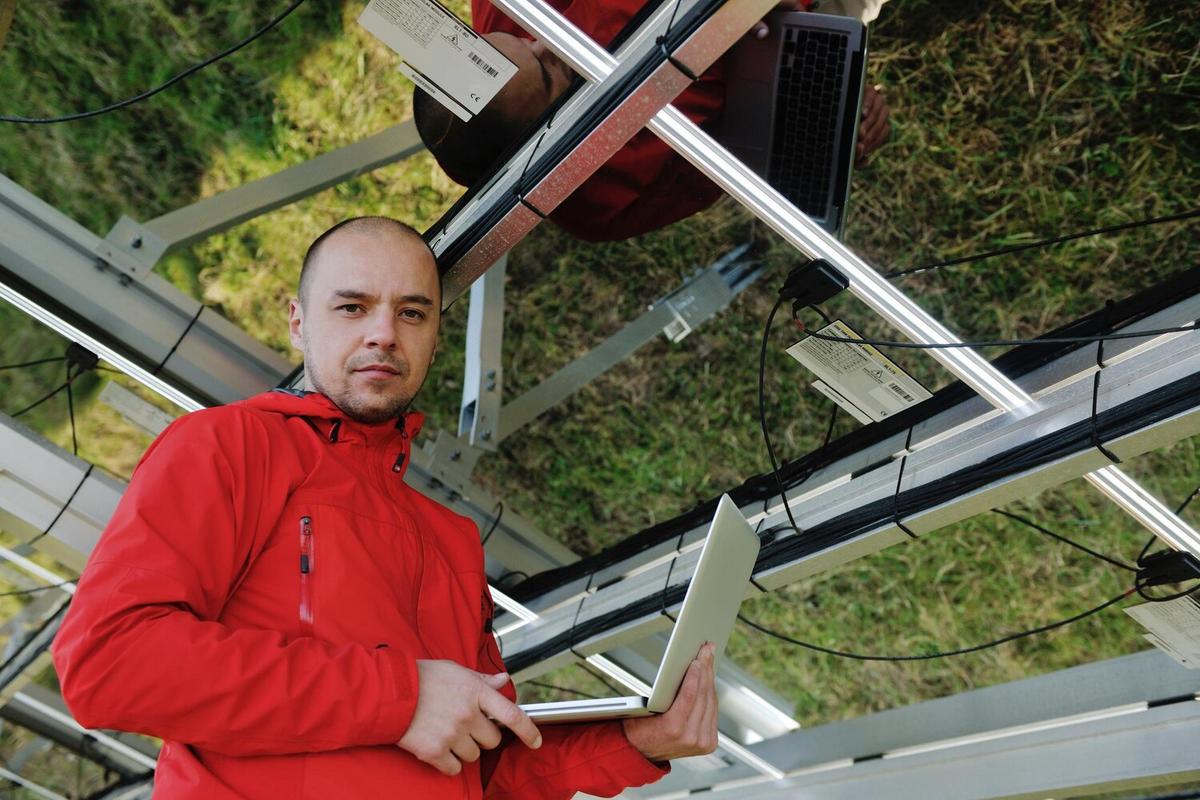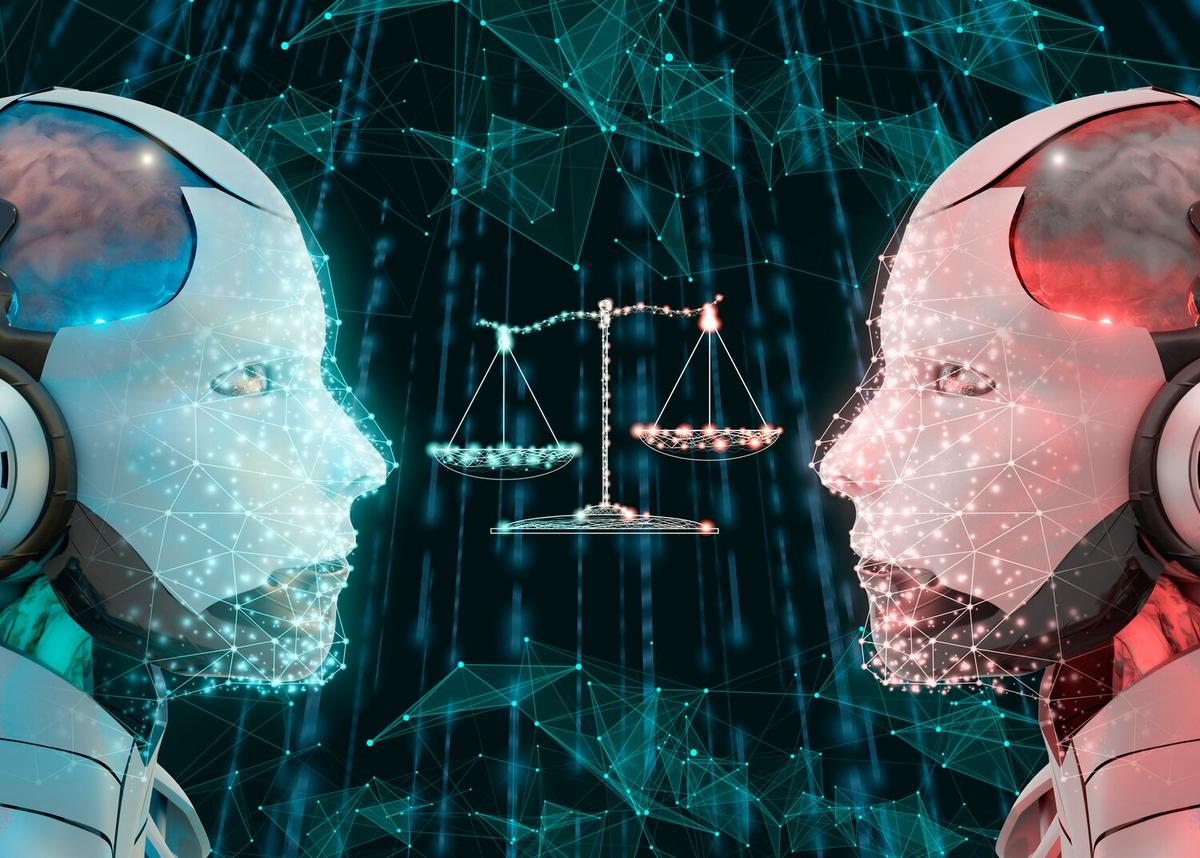As the world increasingly relies on digital technology, the environmental impact of data centers has become a pressing concern. These facilities, vital for storing and processing vast amounts of data, consume significant energy, often contributing to carbon emissions. However, the rise of eco-friendly data centers offers a promising balance between technological performance and environmental responsibility.
Understanding the Environmental Impact
Data centers are the backbone of today’s digital economy, yet they are also notorious for their high energy consumption. According to a report by the International Energy Agency, data centers account for about 1% of global electricity use, a figure expected to grow with increasing digital demands. This consumption primarily stems from the need to power and cool thousands of servers operating around the clock.
Innovative Solutions for Sustainability
To mitigate their environmental impact, many data centers are adopting sustainable practices. Renewable energy sources, such as wind and solar, are increasingly being integrated into their energy supply. For instance, tech giant companies are leading the way by pledging to power their data centers with 100% renewable energy.
Expert Insights
“The move towards greener data centers is not just a trend but a necessity,” says Dr. Lisa Thompson, a researcher in sustainable technology. “By optimizing energy efficiency and leveraging renewable sources, data centers can significantly reduce their carbon footprint.”
Statistics Highlighting the Shift
Research from the Uptime Institute indicates that nearly half of all data centers have implemented some form of energy-saving technology. Furthermore, a recent study by Gartner predicts that by 2025, 75% of data center infrastructure will move to a more sustainable model.
Real-World Examples
Consider the example of a Scandinavian data center that uses natural cooling techniques from its cold climate, drastically cutting down energy use. Another innovative approach is using excess heat generated by the servers to warm nearby residential buildings, showcasing a circular economy model.
Actionable Tips for Data Center Operators
- Invest in energy-efficient hardware to reduce power consumption.
- Implement advanced cooling techniques, such as liquid cooling or using natural air.
- Utilize AI to optimize server load and energy use dynamically.
Comparison Table: Traditional vs. Eco-friendly Data Centers
| Feature | Traditional Data Centers | Eco-friendly Data Centers |
|---|---|---|
| Energy Source | Fossil Fuels | Renewable Energy |
| Cooling Method | Mechanical Air Conditioning | Natural Air/Liquid Cooling |
| Waste Heat Utilization | None | Heat Recovery Systems |
| Infrastructure | Standard Servers | Energy-efficient Servers |
| Resource Management | Manual | AI-Driven |
| Carbon Footprint | High | Low |
| Water Usage | High | Optimized |
| Operational Costs | Higher | Lower |
FAQ
What are the benefits of eco-friendly data centers?
Eco-friendly data centers offer reduced energy costs, a lower carbon footprint, and compliance with environmental regulations, which can enhance a company’s reputation.
How can AI contribute to sustainability in data centers?
AI can optimize energy consumption by dynamically managing server loads and cooling systems, leading to significant energy savings.
Are there any government incentives for sustainable data centers?
Yes, many governments offer tax breaks and incentives for businesses that adopt sustainable practices, including data centers.
Conclusion
In conclusion, the transition to eco-friendly data centers is both a challenge and an opportunity. By embracing sustainable practices, data centers can continue to serve the growing digital economy while minimizing their environmental impact. As more companies recognize the long-term benefits of sustainability, the future of data centers looks promisingly green and efficient. For those looking to delve deeper into sustainable technology, consider exploring resources like the GreenBiz for more insights and updates.




Leave a Reply